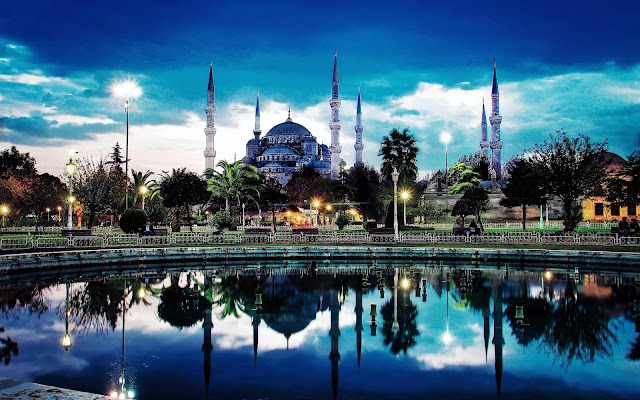An old country. Like most Balkan countries Serbia also bounds West with East
for centuries. Land of many civilizations, cultures, faiths, climates
and landscapes.
It is located in the center of the
Balkan Peninsula, in southeastern Europe. The northern portion belongs to
central Europe, but in terms of geography and climate it is also partly a
Mediterranean country.
It is landlocked, without direct access to the seaside, but as a Danube country it is
connected to distant seas and oceans. Serbia is a crossroads of Europe
and a geopolitical important territory.
The international roads and railway
lines, which run through the country’s river valleys, form the shortest link
between Western Europe and the Middle East.
From the agricultural regions of the
Pannonian Basin in the north, across the fertile river valleys and
orchard-covered hills of Šumadija, the landscape of Serbia continues
southward, gradually giving way to mountains rich in canyons, gorges and caves,
as well as well-preserved forests.
Serbia’s beautiful mountains, national
parks, rivers and lakes are the perfect location for an active outdoor
holiday – from hunting and fishing to extreme sports.
Many times during its rich,
centuries-long history, Serbia has been at the center of Europe’s and the
world’s attention, out of all proportion to its modest size, economic might and
number of inhabitants.
Many lessons on bravery, patriotism and the struggle for
freedom can be learned wherever you turn in Serbia, as you pass through its
cities and regions.
The cultural and historical heritage
of Serbia begins with
prehistoric archaeological sites and its legacy from classical antiquity.
Perhaps its greatest riches, though, are in the many medieval Serbian churches
and monasteries, some of which are included on the UNESCO World Heritage list.
All year round, numerous cultural,
entertainment, traditional and sporting events are held in Serbia,
demonstrating the creative power and spiritual vitality of this country.
Today, Serbia is a modern,
democratic European country, on the path to membership of the European Union,
which a diverse range of visitors – from young backpackers to participants in
congresses and fairs – visit every day.
Statistically, the most-visited tourist
destinations are the cities of Belgrade and Novi Sad, the mountains of
Kopaonik and Zlatibor and the spa towns of Vrnjačka Banja and Sokobanja.







































